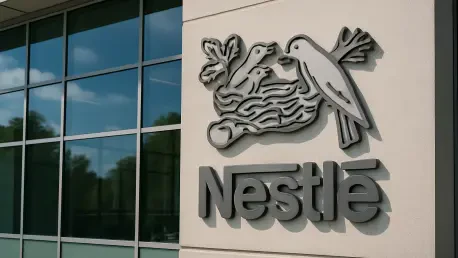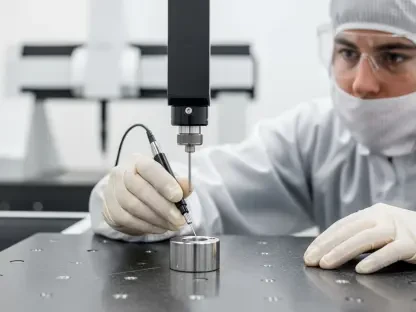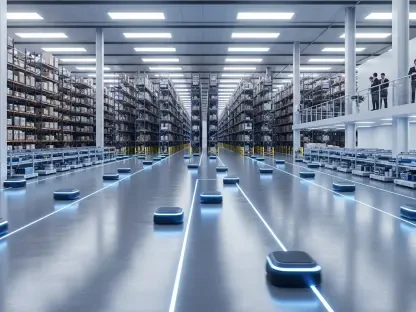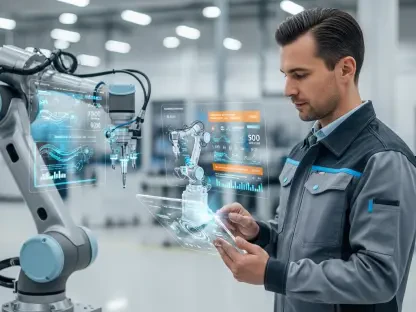What if the wrapper on your morning cereal could do more than just hold flakes—it could actively fight plastic waste and extend shelf life with cutting-edge science? Nestlé, a titan in the food and beverage sector, has teamed up with IBM Research to make this a reality, using Artificial Intelligence (AI) to transform packaging from a mundane necessity into a sustainability powerhouse. This collaboration is not just tweaking designs; it’s a bold reimagining of how technology can solve some of the industry’s toughest challenges.
The Stakes of Sustainable Packaging
This partnership arrives at a critical juncture for the food industry, where consumer demand for eco-friendly products clashes with the harsh realities of waste and resource scarcity. With millions of tons of plastic ending up in landfills annually—studies estimate over 8 million metric tons enter oceans each year—the pressure to innovate is undeniable. Nestlé and IBM aim to address this crisis head-on, leveraging AI to create packaging that protects goods while shrinking environmental impact, proving that tech-driven solutions can align profitability with planetary health.
The significance of this endeavor extends beyond a single company’s efforts. It reflects a broader industry shift toward circular economies, where materials are reused rather than discarded. By prioritizing sustainable packaging, this collaboration sets a precedent for how large corporations can lead in reducing global waste, offering a blueprint for others to follow in balancing quality with responsibility.
AI as the Game-Changer in Material Design
At the heart of this initiative lies a revolutionary approach to material discovery powered by Generative AI. This technology sifts through massive datasets of molecular structures to identify high-barrier materials that shield products from moisture and oxygen, crucial for maintaining freshness. Unlike traditional methods that take years, AI slashes this timeline dramatically, pinpointing recyclable alternatives to virgin plastics with precision and speed.
Beyond discovery, the partnership employs digital tools to refine performance. IBM’s regression transformer tool analyzes molecular patterns to optimize materials for specific needs, ensuring they meet food safety standards without compromising cost-effectiveness. This data-driven process not only accelerates innovation but also ensures that sustainability doesn’t come at the expense of functionality, a balance long sought by the industry.
Digital Tools Transforming Operations
The scope of AI in this collaboration stretches into manufacturing through the use of digital twins—virtual models of factory equipment. These simulations allow engineers to test production adjustments without halting real-world operations, cutting downtime and costs. For Nestlé, this means faster adaptation to new packaging formats, ensuring efficiency keeps pace with innovation.
Additionally, algorithmic tools aid in product formulation by balancing factors like nutritional content and environmental footprint. This precision ensures that new designs don’t just look good on paper but deliver in practice, meeting consumer expectations while supporting sustainability goals. Such integration of technology highlights a holistic approach, where every step of the process benefits from digital enhancement.
Industry Leaders Weigh In
Stefan Palzer, Nestlé’s Chief Technology Officer, emphasizes the transformative potential of this work, stating, “AI-driven models position us at the forefront of digital transformation, enabling sustainable solutions across product lines.” His enthusiasm points to a future where technology underpins every aspect of food production, from design to delivery.
Echoing this sentiment, Alessandro Curioni, Vice President Europe & Africa at IBM Research, notes, “Generative AI offers unparalleled differentiation, driving sustainable growth in knowledge-based sectors.” Backed by cutting-edge tools, their shared vision underscores a commitment to not just solving today’s problems but anticipating tomorrow’s challenges, reinforcing the credibility of this tech-focused alliance.
A Model for Sustainable Innovation
This collaboration offers valuable lessons for businesses aiming to merge technology with environmental goals. One key takeaway is the power of data in material innovation—compiling and analyzing properties can uncover eco-friendly options, even for smaller firms using basic AI tools. Virtual simulations, like digital twins, also provide a cost-effective way to test changes before implementation, a strategy accessible through affordable software platforms.
Investment in research and development remains crucial, as seen in Nestlé’s dedicated facility exploring robotics and sensor systems. For smaller entities, partnering with tech providers can bridge the gap to advanced solutions. Engaging consumers through personalized digital platforms, such as tailored nutrition advice, further illustrates how technology can build loyalty while supporting sustainability, offering a replicable framework for impact.
Reflecting on a Tech-Driven Shift
Looking back, the alliance between Nestlé and IBM marked a pivotal moment in redefining industry standards through AI and digital innovation. It showcased how targeted technological advancements tackled pressing issues like plastic waste and operational inefficiencies. The strides made in material discovery and manufacturing optimization stood as proof of what was possible when vision met execution.
Moving forward, the challenge lies in scaling these innovations across diverse markets and smaller enterprises. Industry players should consider collaborative models, pooling resources to access AI tools and expertise. Governments and organizations might also incentivize such efforts through grants or policies, ensuring that sustainable packaging becomes not just an option, but a norm. This journey, sparked by a single partnership, holds the promise of a broader transformation if momentum is sustained.









